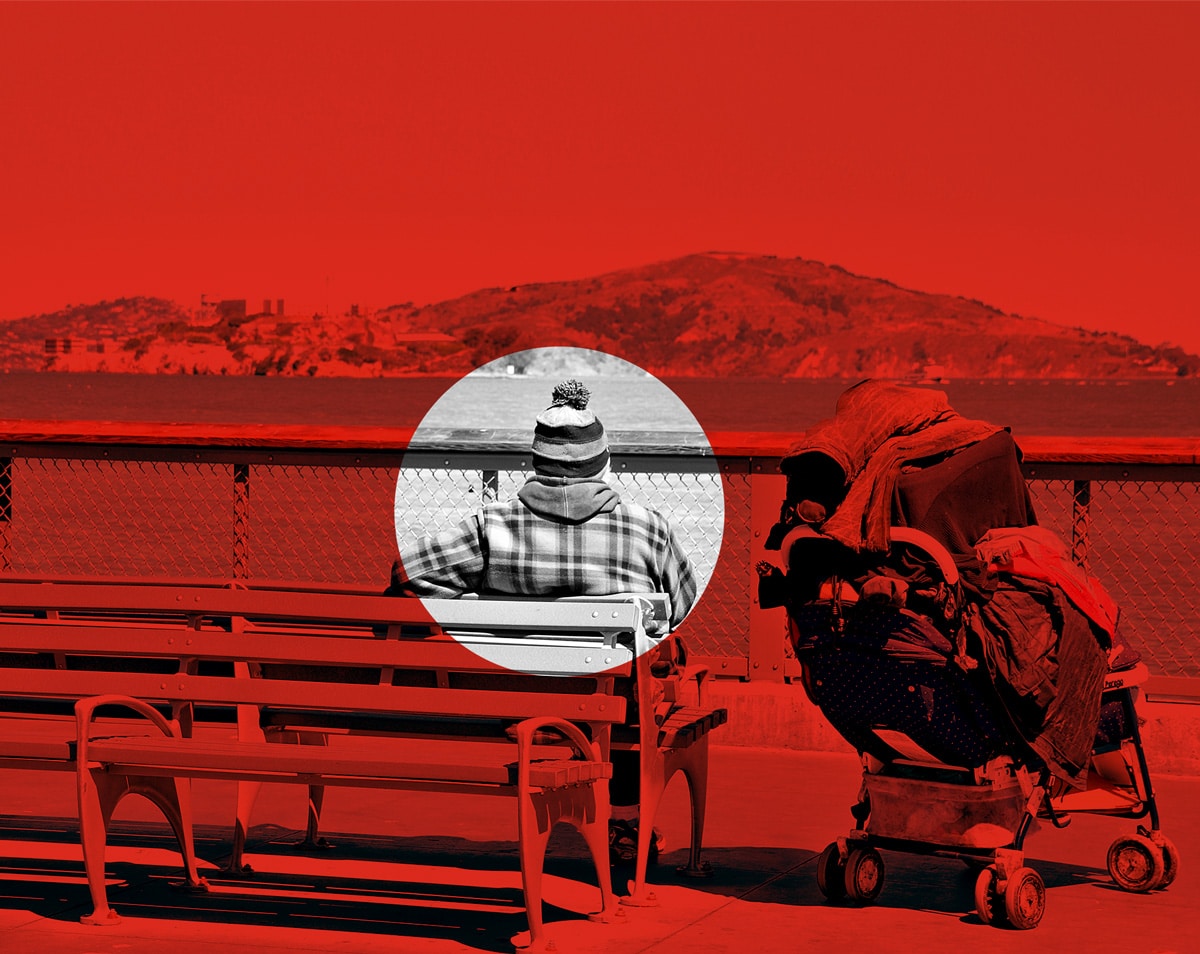Everyone in San Francisco encounters homelessness on a daily basis: on streets, in parks, on public transportation, near workplaces and in businesses. It’s because we care that it is painful and frustrating to see our neighbors living on the streets, but as an individual, it’s hard to know how to make a difference.
Everyday, Community Housing Partnership works with people who are experiencing homelessness to transform their lives. We’ve developed tips and resources for when you see someone in distress on the street, with ways you can be helpful.
11 Ways You Can Help When You See Someone Experiencing Homelessness in San Francisco
1. Smile. Make eye contact. Introduce yourself. Remember the individual you are encountering is a person who needs human interaction and connection just like you do, and they are going through trauma by simply living on the street.
2. Offer to help in whatever ways you can. If you have the means, offer cash, a sandwich or water, or a new pair of socks if it seems like these are useful and appreciated.
3. The city has a Homeless Outreach Team (HOT) that may be able to provide help getting a shelter bed (always check in with the person to see if they want you to call). They are not able to respond immediately, often have only a message line and have little resources. You can reach them at 415.355.7445, but it is rare that they can get someone into a shelter.
4. If the person appears to be in immediate psychiatric crisis, check in with them, and if they agree then call the Street Crisis Response Team (SCRT) by dialing 311 or 415-553-0123.
5. If the person requests medical help or is unconscious, call 911 immediately. Make it clear that this is a medical and not a police emergency.
6. If the person needs medical attention but is not in need of an ambulance, call the Homeless Outreach Team at 415.355.7445. Or if they are able to get to the Tom Wadell Clinic Urgent Care at 50 Ivy they can be seen there. You can also contact Street Medicine to see if they can meet the person.
7. If your neighborhood is short on public restrooms (and it is), call the Department of Public Works at 415.554.6920 and pressure them to put in “Pit Stops” for individuals living in those areas.
8. Contact your Supervisor and the Mayorʼs Office and pressure them to double the number of homeless units in their affordable housing pipeline. Take action now at bit.ly/homes4sf.
9. Familiarize yourself with homeless services and providers in your area. Check out resources such as link-sf.com and askdarcel.org for comprehensive listings of local services in San Francisco.
10. Organize your neighbors and invite a speaker to talk about real solutions to homelessness, and how everyone can play an important role in building a better future for San Francisco.
11. Educate yourself! Read resources like the Street Sheet. Stay connected with local nonprofits leading the charge to address homelessness. Make sure you know the basic facts: there are not enough shelter beds; most people experiencing homelessness in San Francisco lived here before becoming unhoused; and supportive housing (giving people homes paired with support services) is one of the most effective ways to keep people safely housed and off the streets — for good.
What not to do:
Do not call the police. NEVER call the police on people who are not threats.
Police contact can actually prolong a personʼs homelessness and cause trauma.
Do not call 311. Criminalization of homelessness primarily occurs through a complaint-driven system. San Franciscans often use the city’s 311 complaint system to report people and encampments. The City frequently responds to those complaints by sending police, who then use the threat of arrest or citations to force those people to move, often times with nowhere to go. This wastes resources that could be better spent on solving homelessness. In 2017, San Francisco police were dispatched nearly 100,000 times to respond to caller complaints and homelessness only increased.
FYI: The city is in the process of setting up an alternative to a police response to homelessness called the CART program. This should soon be available so that there is someone else to call besides the SFPD. For more info, visit the CART website here.
NOTE: Not everyone who is panhandling, showing signs of mental illness on the street, or appearing disheveled are without homes or services. This is why it is important, when possible, to check in with people through a human conversation to ask what they want or need, before making assumptions.

